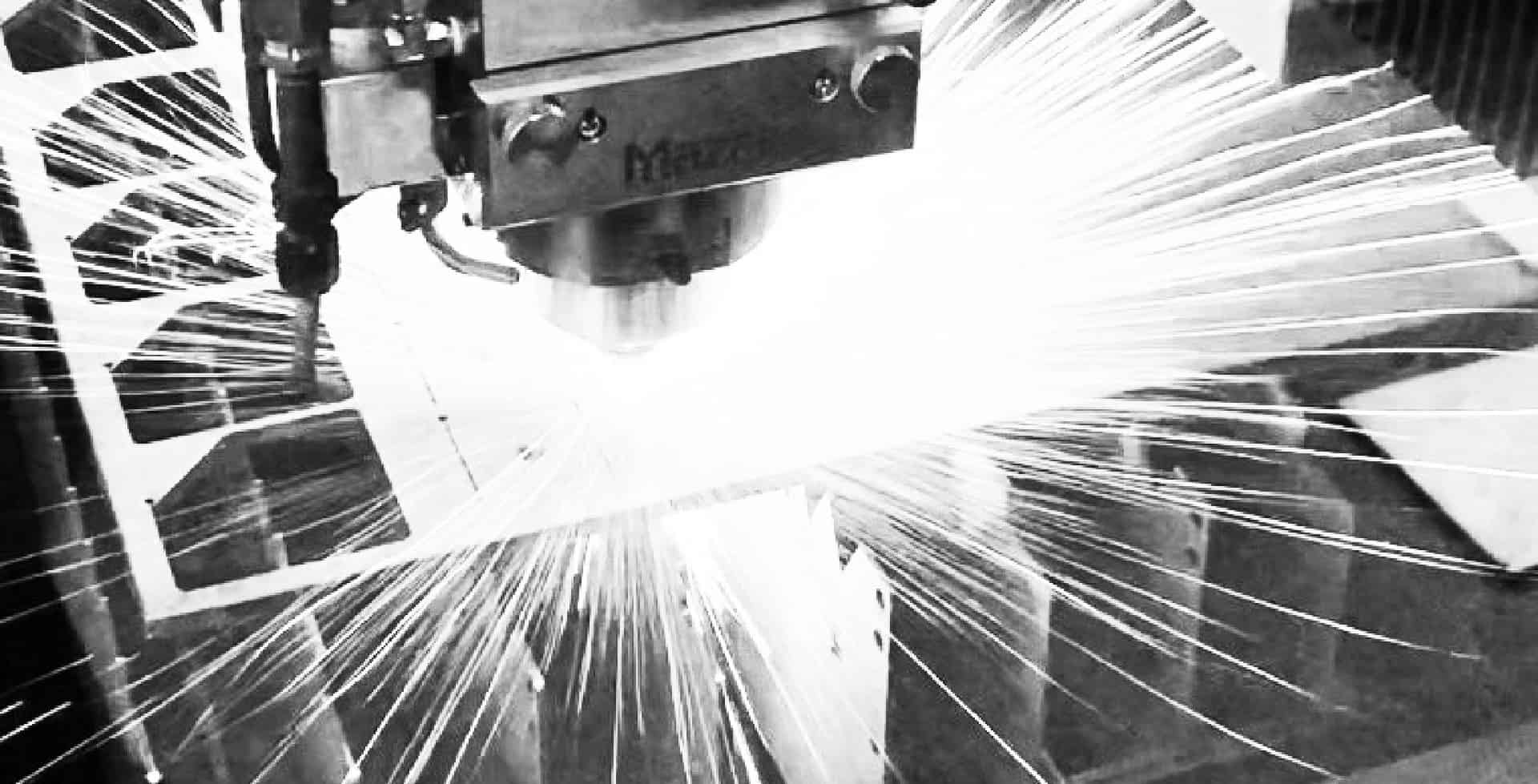Setting up and troubleshooting your pulse controller

Baghouse filters are cleaned when compressed air is blown into the filter to release dust buildup. A pulse controller times the burst of compressed air that is used to clean baghouse filters, a practice that improves baghouse efficiency and increases bag life.
Types of pulse controllers
Pulse controllers come in two types—a simple timer and an on-demand timer.
- Simple timer: With this pulse controller, an operator sets a timer for how often the pulse valve will pulse. With this type of controller, the bags are cleaned at the set interval even if they do not need cleaning. Typically, trial and error is used to set the frequency. This pulse controller is a lower cost option because its design is simple, and it is easier to set up. This controller works best with predictable or consistent loading, and it’s ideal for baghouses that need to be cleaned continuously.
- On-demand timer: For this pulse controller, the timer reads the differential pressure across the baghouse and initiates a pulse sequence once the differential pressure reaches a high set point. It continues to pulse until the pressure across the baghouse reaches the low set point. Once at the low set point, pulsing stops until the differential pressure reaches the high set point, and the sequence continues. Because filters are cleaned when needed, the advantages of an on-demand pulse controller are extended bag life and savings in compressed air.
Set up parameters for pulse controllers
Several parameters can be set on pulse controllers.
The simple timer has just two:
- Time the valve is open: This time correlates to how much volume of compressed air is released through the valve. A quick pop of air, for example, is just .05 of a second.
- Time the valve is closed: This is the amount of time between pulses. It can typically be set to anywhere from one second to several hundred seconds.
Besides high and low pressure, as well as those listed above, the on-demand timer also has the following parameters:
- Alarm pressure: Alarms can be set to tell an operator there is an issue with a bag. A high pressure alarm indicates a plugged bag. As an example, a high pressure set point may be six, and an alarm may be set for nine or 10. Conversely, a low pressure alarm indicates a bag needs to be replaced because of a leak or a bag has fallen off.
- Pulse sequencing: Operators can set the order that the valves release air. IVI’s Ecollector™, for example, can have six to 16 valves, which can be programmed in sequence.
As an added note, when installing a pulse controller, avoid locations with direct sunlight or in close proximity to heat or an electromagnetic field as these can damage the controller.
Troubleshooting your pulsing system
If you experience issues with the pulse controller, there are several things you can check, depending upon the problem:
- Valves are not pulsing: Check the power to the timer, the differential pressure switch, header pressure, or the solenoid and/or diaphragm valve.
- Hissing sound from valves: This may indicate a possible compressed air leak.
- If the solenoid air outlet is leaking, check:
- The electrical connection
- The sub assembly for debris
- If the diaphragm valve outlet port is leaking, check:
- The air line to the solenoid
- Header pressure
- The inside valve body for pitting and debris
- The membrane for wear
- Bags are not cleaning adequately: Check the pulse pressure, on-time and off-time, and pressure set points. It may also indicate the need for a bag change.
- If the solenoid air outlet is leaking, check:
We also recommend that you keep an adequate supply of dust collector filters and pulse valve kits on hand to avoid the cost that comes with having delays in production.
IVI can help with your pulse controller setup or troubleshooting. Contact us for assistance.